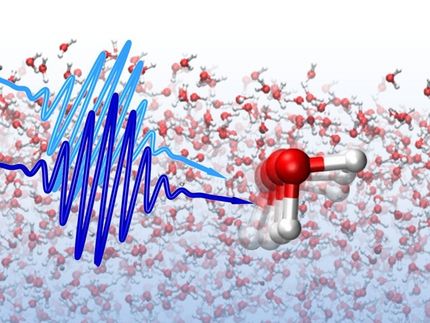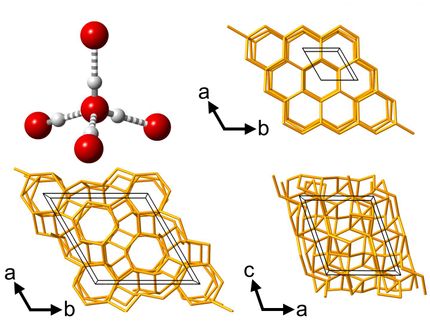How strong is your booze?
True strength of alcohol revealed by new portable device
Both legitimate brewers and distillers - and authorities on the track of illicit alcohol from home stills - will soon have a helping hand. Measurement experts have unveiled a portable device to determine the strength of alcoholic drinks quickly and easily, almost anywhere. Published in the Chemistry Central Journal, the researchers show that their technique is just as accurate, and more sophisticated, than widely used lab-based methods.
Along with his colleagues, Dirk Lachenmeier of testing agency Chemisches und Veterinäruntersuchungsamt (CVUA) in Karlsruhe, Germany, decided to use a simple, patented multiple-beam infrared sensor combined with a flow-through cell for automated alcohol analysis. His team tested the device, which is portable to allow for on-site measurements, on a range of alcoholic samples.
Their tests on 260 different alcoholic drinks showed that the flow-through infrared device was much easier to handle than typical reference procedures, while time-consuming sample preparation steps such as distillation weren't necessary. Their sensor was equal to or better than current densimetric or Fourier transform infrared (FTIR) methods: repeatability, as determined in six different wine samples, was 0.05% vol and the relative standard deviation was below 0.2%. They also tested wines partway through the fermentation process, and unrecorded (non-commercial or illicit) alcohol samples, with good results. The test took less than a minute per drink.
"The device gives the opportunity for mobile on-site control in the context of labeling control of wine, beer and spirits, the process monitoring of fermentations, or the evaluation of unrecorded alcohols," says Lachenmeier. He adds that the device can also be used easily in developing country settings, with results that compare well to a more sophisticated lab set up.
Only beers and other sparkling drinks need more time-consuming preparation, to first remove the fizz, which can interfere with measurements.
The authors say that not only does unrecorded alcohol account for a quarter of all alcohol consumed worldwide, but in most cases, "not even the most basic chemical composition such as alcoholic strength is known for these beverages."
Ever since French chemist Gay-Lussac's work on alcohol-water mixtures, scientists have measured alcoholic strength by volume (% vol) using distillation and then a pycnometer to measure the liquid's density. Infrared spectroscopy is a more recent, popular method, but typically requires expensive equipment, and complicated calibration.
Original publication: Dirk W Lachenmeier et al.; "Rapid and mobile determination of alcoholic strength in wine, beer and spirits using a flow-through infrared sensor"; Chemistry Central Journal 2010
Other news from the department science
Most read news
More news from our other portals
See the theme worlds for related content
Topic World Spectroscopy
Investigation with spectroscopy gives us unique insights into the composition and structure of materials. From UV-Vis spectroscopy to infrared and Raman spectroscopy to fluorescence and atomic absorption spectroscopy, spectroscopy offers us a wide range of analytical techniques to precisely characterize substances. Immerse yourself in the fascinating world of spectroscopy!

Topic World Spectroscopy
Investigation with spectroscopy gives us unique insights into the composition and structure of materials. From UV-Vis spectroscopy to infrared and Raman spectroscopy to fluorescence and atomic absorption spectroscopy, spectroscopy offers us a wide range of analytical techniques to precisely characterize substances. Immerse yourself in the fascinating world of spectroscopy!























































